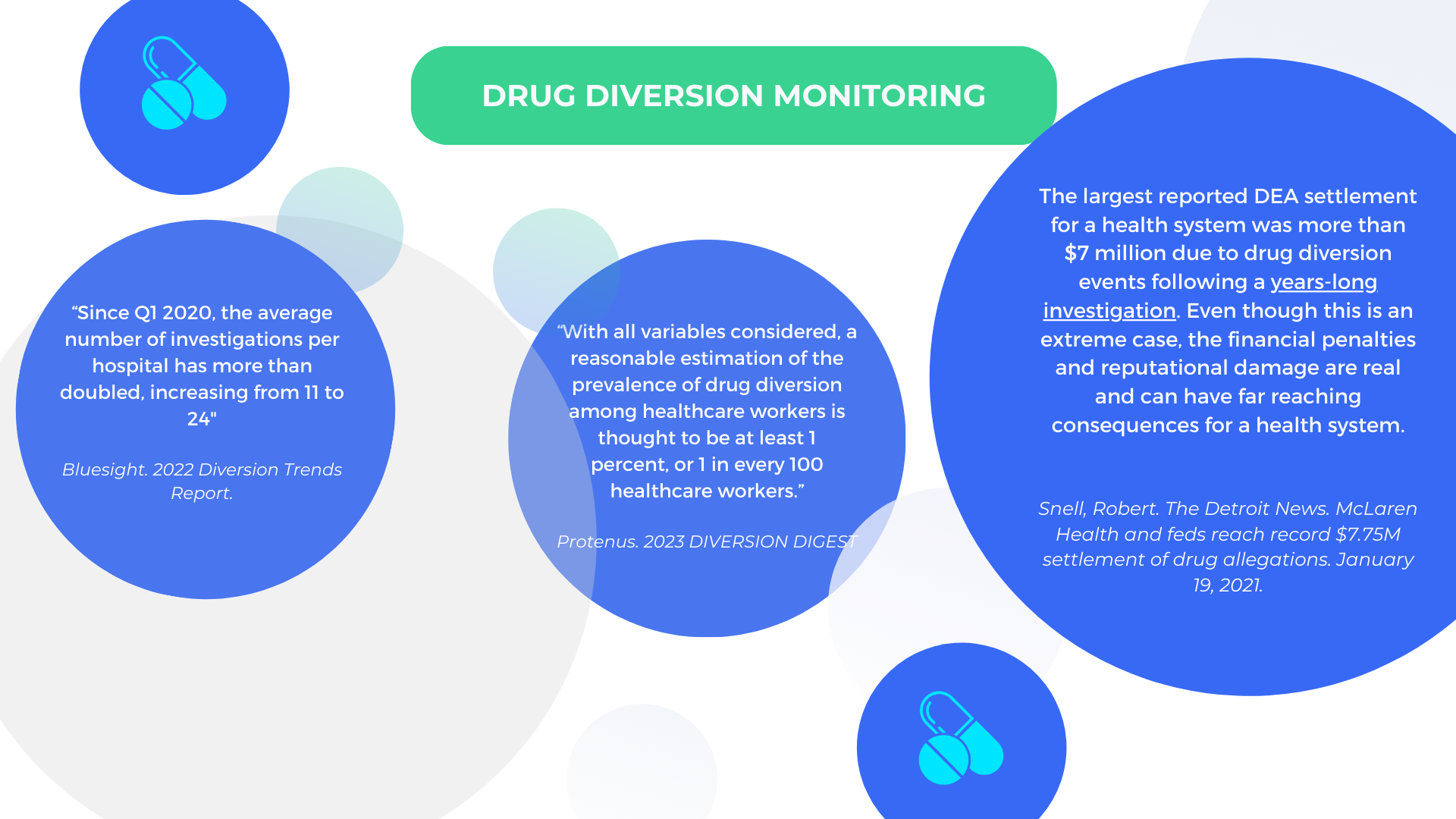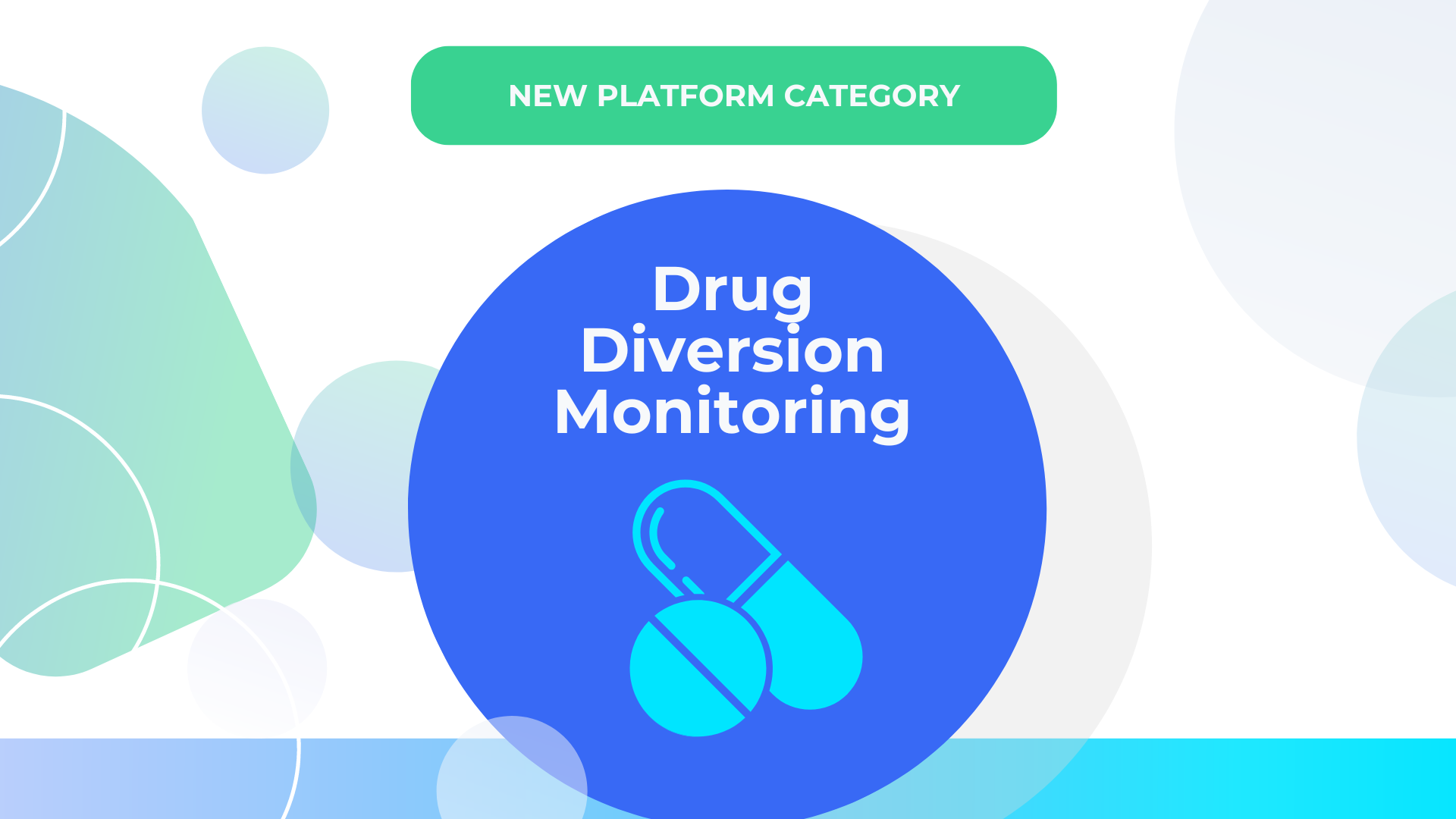Panda Health is excited to announce the addition of our latest category, Drug Diversion Monitoring.
What is Drug Diversion Monitoring?
Drug diversion monitoring is a critical process within healthcare systems designed to prevent, detect, and respond to the unauthorized or illegal use of pharmaceuticals, particularly controlled substances. The primary goal is to ensure that medications, especially those prone to abuse or misuse, reach the intended patients and are not diverted for non-medical purposes. This multifaceted approach involves the continuous surveillance of drug handling processes at various points in the supply chain, including within healthcare facilities. By employing advanced technologies, predictive models, and analytics, drug diversion monitoring systems aim to identify anomalous patterns, discrepancies, or potential diversion activities, allowing healthcare providers to take swift action to mitigate risks and maintain the integrity of medication administration.
The significance of drug diversion monitoring cannot be overstated in the healthcare landscape. Beyond ensuring patient safety by preventing medication errors and adverse drug events, it plays a crucial role in regulatory compliance, protecting hospitals from legal penalties and sanctions. Additionally, the financial implications of drug diversion, which can result in significant losses for healthcare institutions, underscore the importance of effective monitoring in safeguarding both patient well-being and the economic stability of healthcare systems. Overall, drug diversion monitoring is a proactive and indispensable tool in upholding the ethical and legal standards of , contributing to the overall effectiveness and trustworthiness of healthcare delivery.

How do drug diversion monitoring solutions benefit hospitals and health systems?
Reduction in Diverted Drugs Costs: The value of the drugs no longer lost to diversion, which can be quantified by comparing pre- and post-implementation diversion rates.
Increased Efficiency: Cost savings resulting from automating the monitoring process, which reduces the need for manual audits and investigations.
Avoidance of Regulatory Fines: Savings from avoiding fines and penalties associated with non-compliance to regulations governing controlled substances.
Improved Patient Safety and Outcomes: Although harder to quantify, improving patient safety and outcomes can lead to indirect cost savings through reduced liability and improved healthcare quality.
Reduction in Legal and Investigation Costs: Savings from avoiding the legal costs associated with drug diversion incidents, including investigations and potential lawsuits.
